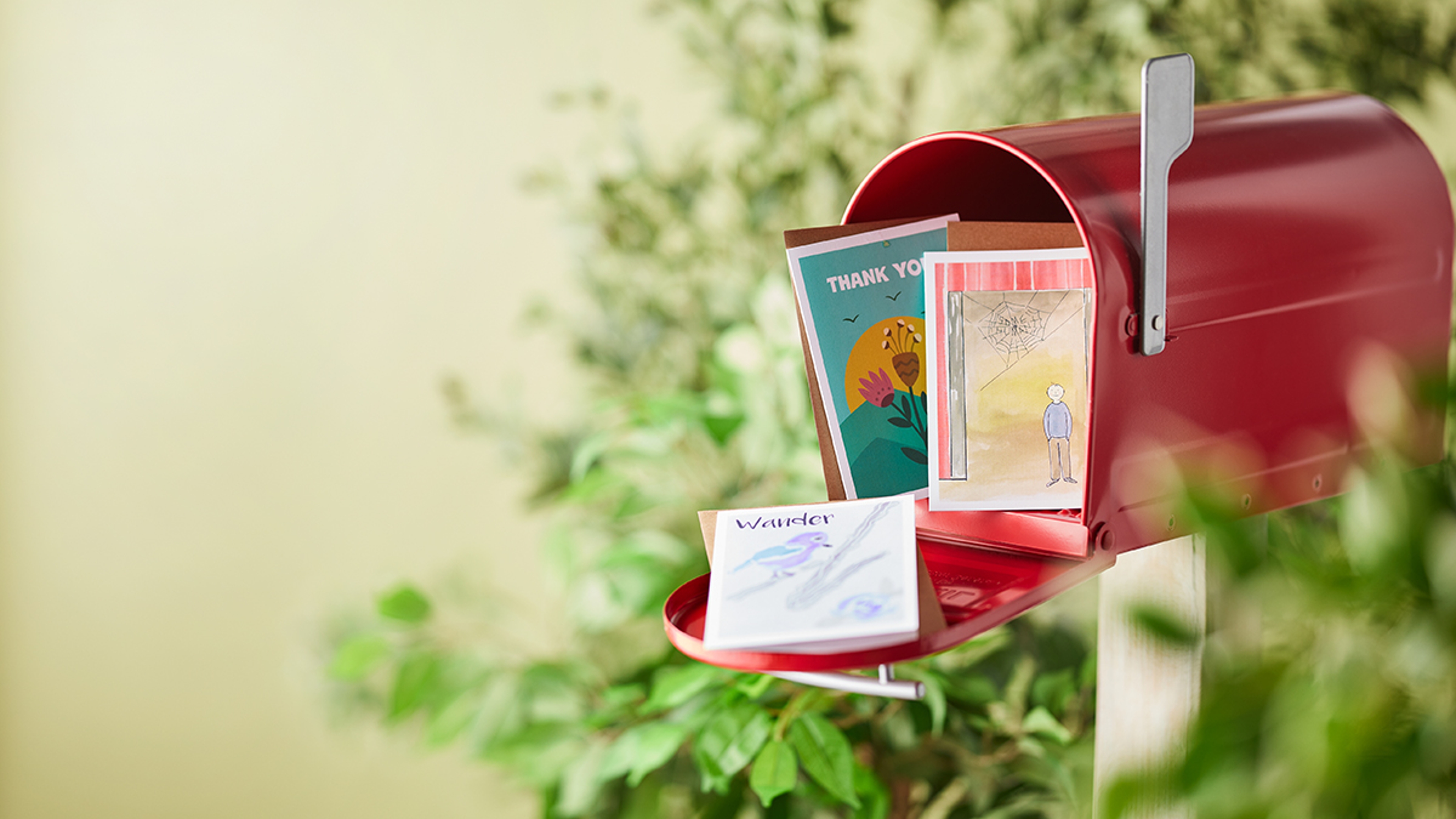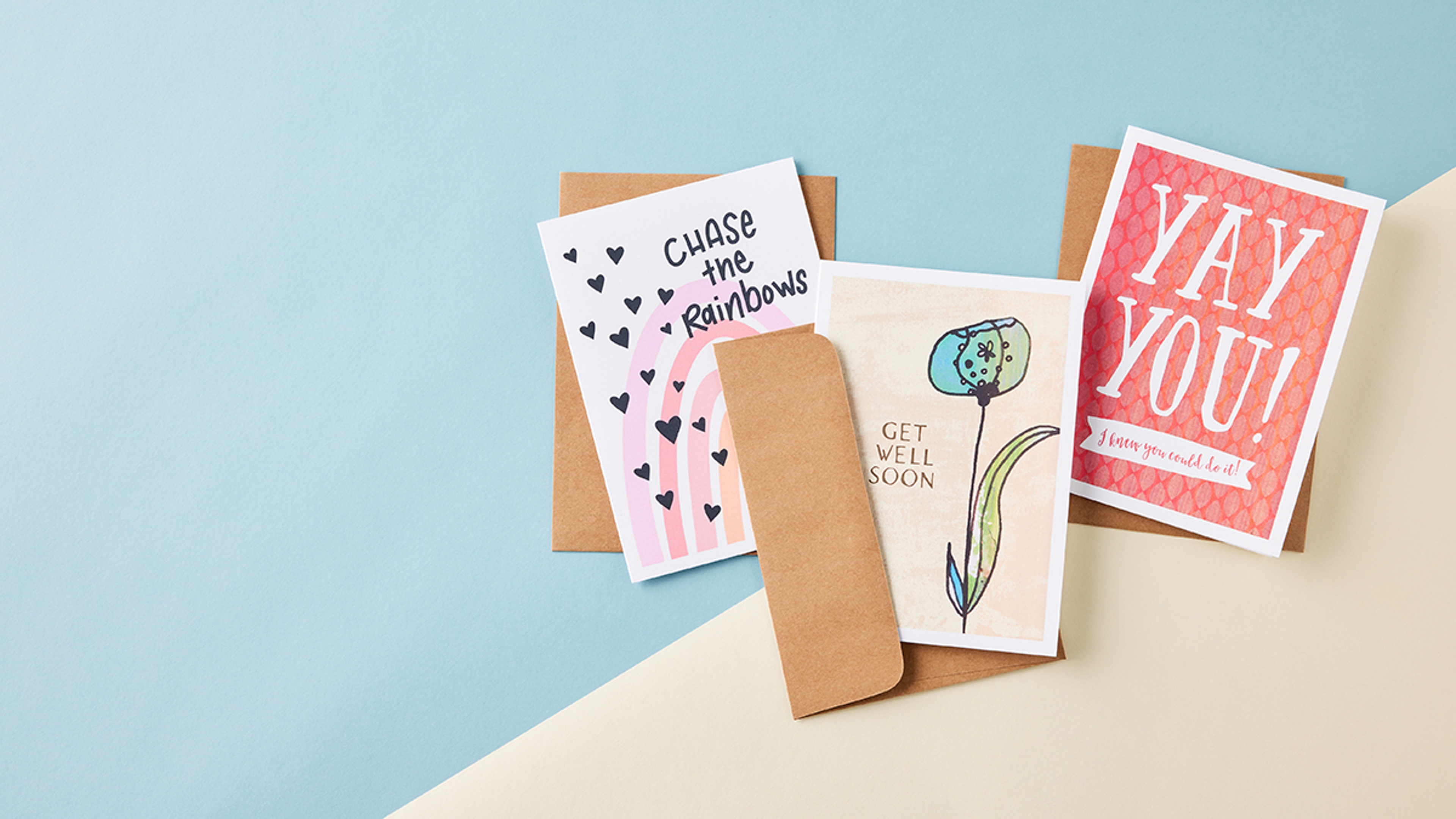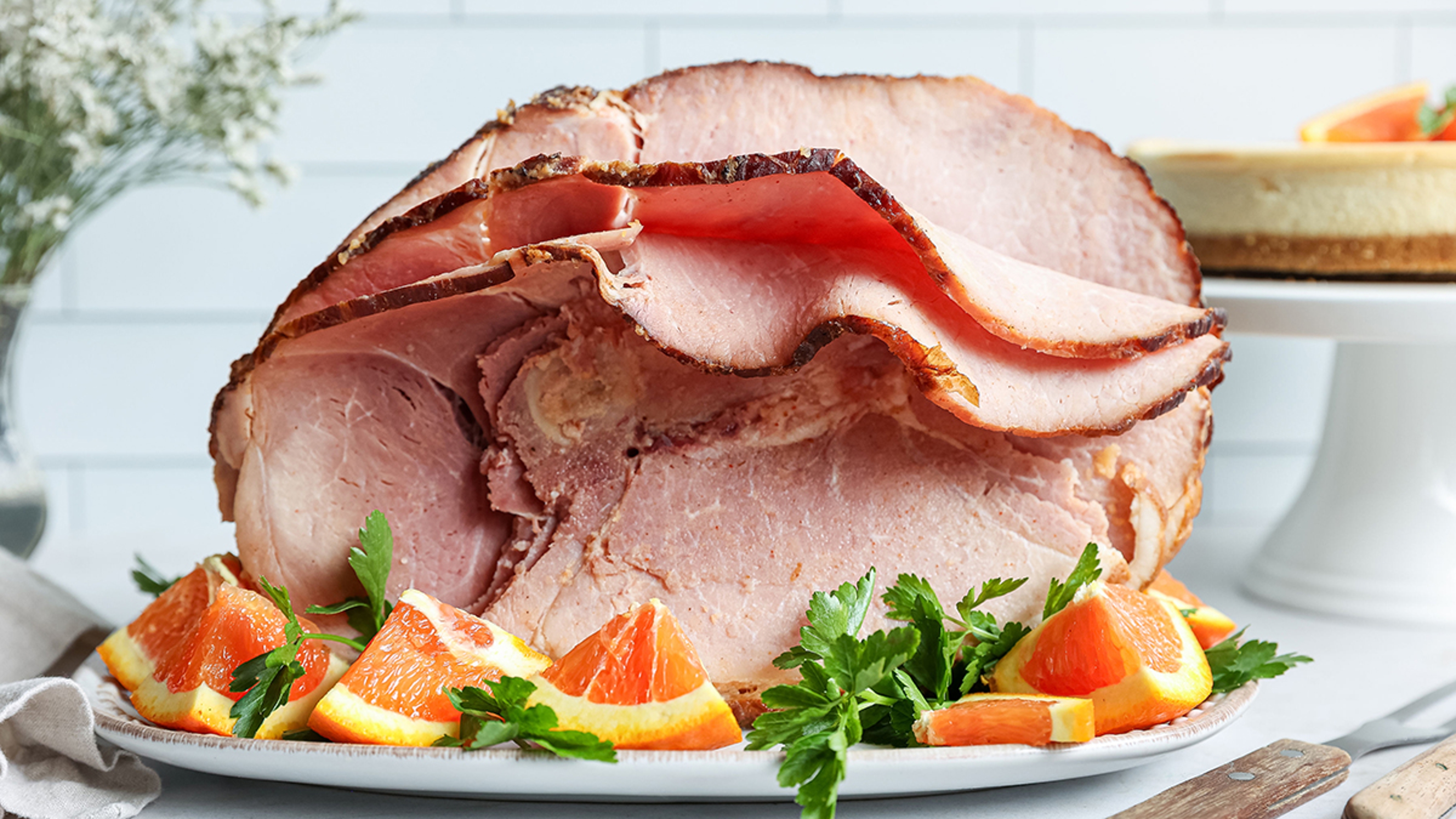The Origin Behind How We Start – and End – Letters and Greeting Cards
From "Dear" to "Yours truly."
Feb 21, 2025
Dear…
To whom it may concern…
Hello, sir or madam…
Have you ever stared at your computer screen or a notepad trying to figure out how to start writing a letter? Don’t worry, you’re not alone. For centuries, people have navigated the challenge of addressing others appropriately, proving that even something as simple as a greeting carries deep linguistic and social significance.
The tradition of greeting someone in a letter or card dates back to the earliest forms of written communication. From ancient Egyptian papyrus scrolls to medieval parchment letters sealed with wax, societies have long grappled with the right balance of formality, warmth, and respect.

Eric Lehman, author and associate professor of English at the University of Bridgeport, explains: “The use of honorifics like ‘Dear’ in letters and messages is as old as civilization itself. In ancient times, most written messages were sent by royalty or merchants, so the honorific would have been something that translated to ‘Oh, magnificent king’ or ‘Most honorable sir.’
“For those who had no formal titles,” he continues, “other polite forms of address were created to fill the gap. Affectionate forms of address were likely taken from love poetry, with equivalents to ‘Yours truly’ and ‘My dear’ serving for personal letters while retaining honorifics for people you didn’t know or aristocratic titles.”
Welcome to the age of informality
While the use of "Dear" still endures as a heartfelt and traditional way to address loved ones and remains a convention in formal correspondence today, digital communication has led to a decline in its everyday use, with more direct or informal greetings becoming more common.
The speed and informality of casual messaging have also led to the rise of greetings that reflect tone and personality, such as "Hey," "Good morning," or even emojis. In professional settings, email etiquette still encourages some level of formality, but even business emails have shifted to a more relaxed tone, with "Dear" often reserved for highly formal exchanges. As communication continues to evolve, greetings are becoming more adaptable, influenced by context, relationship, and platform rather than following rigid conventions.
Greetings and salutations
While letter greetings have historically been shaped by formal conventions and social hierarchy, greeting cards have emerged as sentimental expressions, evolving from early holiday and Valentine’s cards in the 18th and 19th centuries. The occasion often dictates the way they begin: "To My Dearest Mother" for Mother's Day, "Happy Birthday, Sarah!" for a birthday card, or simply "Thinking of You" for a sympathy card.
Greeting cards, unlike letters, typically skip formalities and go straight to an emotional connection, making their openings more varied and less tied to rigid conventions.
Starting a letter can be tricky, but choosing the right way to end it — or sign off a greeting card — comes with its own challenges, and is also deeply rooted in history. The phrase "Yours truly" has its roots in 18th- and 19th-century, letter-writing conventions, evolving from more elaborate closings like "Your most obedient humble servant," which reflected the formal social customs of the time.
As language became more streamlined, shorter sign-offs such as "Yours faithfully" and "Yours sincerely" gained popularity, with "Yours truly" emerging as a common alternative, particularly in American English. Over time, it remained a staple in professional and personal letters, though today it is considered old-fashioned outside traditional or intentionally formal contexts.
Digital communication has made traditional letter sign-offs, such as the aforementioned ones, less common, replacing them with more casual, concise, and personalized closings. In emails and texts, people often opt for informal sign-offs like "Best," "Thanks," or simply their name, reflecting the faster, more conversational nature of digital messaging. In professional settings, email closings still maintain some level of formality, but even business communication has shifted toward friendlier options like "Best regards" or "All the best."

You truly are a dear
Despite the evolution of language and the rise of email and texting, "Dear" and "Yours truly" remain in use due to their formality, tradition, and clarity. They help set a respectful tone and provide a sense of structure and professionalism in written communication, whether formal or personal.
”The use of ‘Yours truly’ is part of civilized discourse, a way of connecting to people and more gently maintaining the lines of communication between us,” Lehman says. “Treating people with this sort of respect or affection in our emails and letters is a small but important part of what makes us human.”
So, the next time you're unsure how to start or end your letter or greeting card, remember: You're part of a long tradition of people who, just like you, wanted to make a good impression. Hopefully, that will help you find the right tone and language for the occasion.
Yours truly…
Sincerely…
All the best…
Best,
Nick Budabin
.svg?q=70&width=384&auto=webp)










